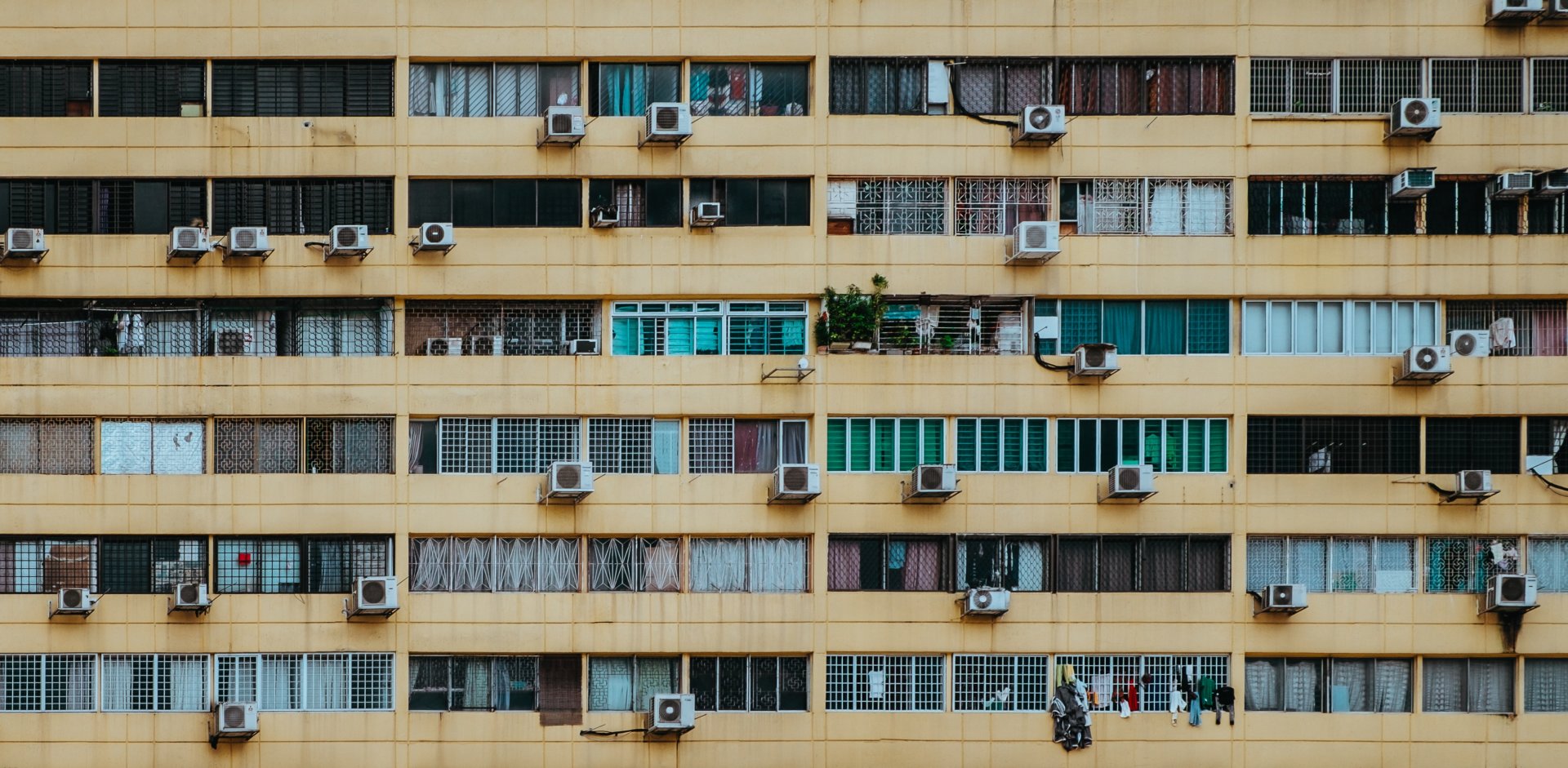Melissa Martin is a research intern supporting the Cooling and International Finance Institutions teams at E3G, while completing her Bachelor of Arts in International Relations at Royal Holloway, University of London.
Since 1990, cooling demand in Southeast Asia has increased by a factor of 7.5 – from 10 TWh to 75 TWh – and shows no sign of slowing down. Today, space cooling accounts for approximately 10% of energy demand, while only 15% of homes in Southeast Asia have air conditioning (AC). As incomes increase in the region, driving uptake of space cooling by fans and AC – a necessity for families to cope with rising temperatures and humidity – this proportion will continue to rise. Without a shift to efficient, climate-friendly technology, this rise in demand will strain energy grids and threaten the energy security of the region.
Cooling during peak demand can account for 50% of power usage, and thus represents a substantial strain on domestic energy supplies while also contributing direct and indirect emissions. The average efficiency of AC models purchased is low in comparison to best-performing models available in the market. In addition to low penetration of efficient models, in several countries, the minimum energy performance standards (MEPS) which set the floor for energy efficiency lag their regional peers.
The potential strain posed from increasing AC penetration and use of less efficient products will place pressure on national and regional energy security. To manage growing energy demand and mitigate climate change, governments should encourage energy efficiency and renewable energy available, instead of meeting rising energy demand with fossil power, a trend that may compromise overall energy security. Energy efficiency in cooling is one demand side management approach to reduce energy demand while providing the energy needs of consumers.
Role of the Association of Southeast Asian Nations in cooling efficiency
The Association of Southeast Asian Nations (ASEAN) acts as a platform to foster economic, political, and social cohesion in the region and prioritises compromise amongst members, meaning there is often a trade-off between quick or robust policy implementation and consensus building. Several recent initiatives have introduced a new paradigm for cooperation amongst member states, offering a fresh take on security for the group, taking on issues such as energy security and emissions reductions, and working in collaboration with a variety of external partners.
ASEAN SHINE which supports harmonization of energy performance standards and provides technical and capacity support to manufacturers and testing facilities is emblematic of this approach. ASEAN SHINE strives to mitigate climate change and modernise consumption patterns through energy efficiency programmes across cooling, lighting, electric motors, and distribution transformers. Together with United for Efficiency, UN Environment and the International Copper Association, the programme’s cooling initiative seeks to grow testing and manufacturing capacity, raise awareness and tighten standards for production to ensure increased use of efficient, climate-friendly equipment across the region. The goals of SHINE require both technological innovation and political will.
One of SHINE’s primary cooling goals – harmonisation of MEPS throughout the region – would allow deeper integration of the air conditioning and refrigerator market, as well as non-cooling products such as lighting appliances and motors. This shift would reduce barriers to trade including tariffs and inconsistent labelling. As incomes grow throughout the region and appliance penetration grows, consumers and manufacturers alike will benefit from this.
A report published in 2016 by SHINE projects that harmonisation would mean substantial cost savings for consumers as they purchase and replace their AC units and refrigerators, while producing less greenhouse gas emissions and saving energy grids from unnecessary loads. Through this programme, manufacturers receive technological assistance and aid in capacity building measures to ensure their products are up to ASEAN SHINE standards, with the knowledge that they can be sold throughout the region without unnecessary trade barriers.
Despite these potential outcomes, some nations are slow to adopt the MEPS set forth by the initiative even while many manufacturers produce ACs beyond domestic MEPS at prices competitive with lower-performing models. Demonstrating the gap in achieving higher standards is not due to a lack in technological innovation as much as a lack of political will.
The future of cooling in ASEAN
Member states have the opportunity to use the ASEAN SHINE initiative to pursue a progressive strengthening of MEPS with a defined timeline for revision supporting both policymakers and offering market predictability and lower investment risks for AC manufacturing. In addition, the efforts of SHINE align with and can support broader ASEAN initiatives including the Smart Cities Network which encourages smart and sustainable urban development and the Economic Community which furthers economic integration. ASEAN prides itself on cooperation and this approach, through initiatives such as SHINE, could enable governments to meet the cooling needs of their citizens and secure their energy future sustainably.


